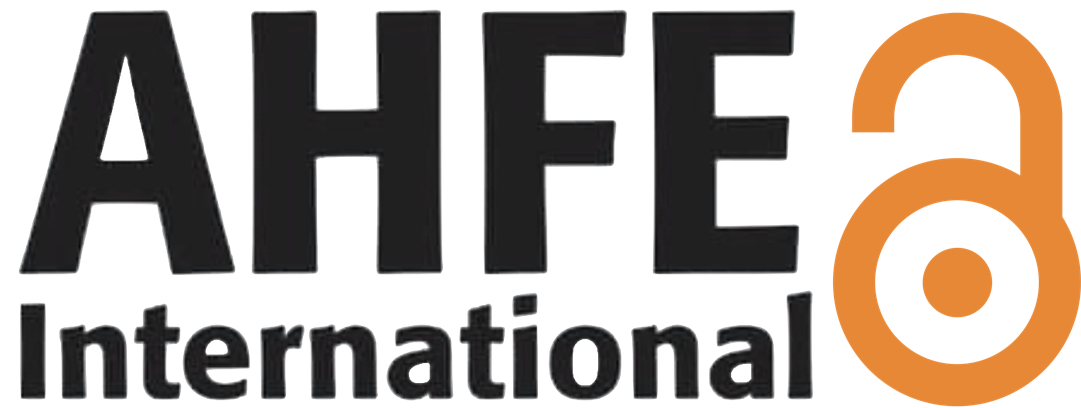An AI-driven Ukrainian History web platform
Open Access
Article
Conference Proceedings
Authors: Valentyna Kolomiets, Pedro Oliveira, Paulo Matos
Abstract: The AI-driven Ukrainian History web platform offers an innovative way for users to engage with the nation’s rich history. By integrating artificial intelligence, natural language processing (NLP), and geospatial analysis, it presents historical events, significant locations, and notable figures in an interactive and visually engaging format. The platform systematically gathers historical data using tools like Scrapy for web scraping and Tesseract OCR for digitizing scanned documents. While noisy or degraded documents may affect accuracy, the availability of high-quality sources ensures reliable data extraction. Fine-tuned NLP models, including transformers like BERT and RoBERTa, process the data to identify and categorize key entities such as dates, locations, and names of historical figures. Contextual summarization ensures the extracted information is both accurate and easy to understand. Geospatial data is managed with PostGIS, an extension of PostgreSQL, and visualized using Leaflet.js. An interactive map interface enables users to explore events by location and time period, with filters for categories like political milestones or cultural events. The backend, built on PostgreSQL, ensures scalability and performance, while development in Visual Studio Code streamlined integration across components. This platform not only preserves Ukraine’s cultural heritage but also demonstrates the potential of modern technology to transform historical education, offering an intuitive way to connect with the past and explore its influence on Ukraine’s landscape and culture.
Keywords: AI-driven, web scraping, Interactive map, Named Entity Recognition (NER)
DOI: 10.54941/ahfe1005926
Cite this paper:
Downloads
239
Visits
560


 AHFE Open Access
AHFE Open Access